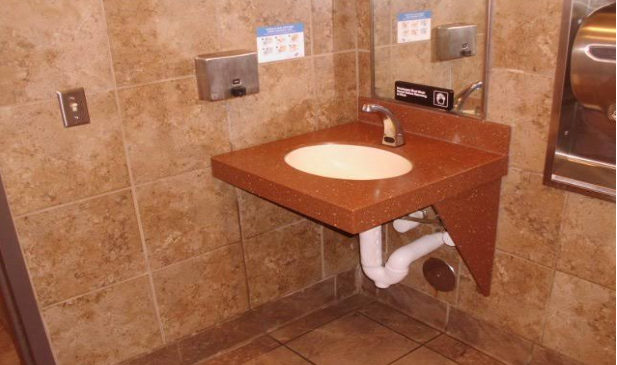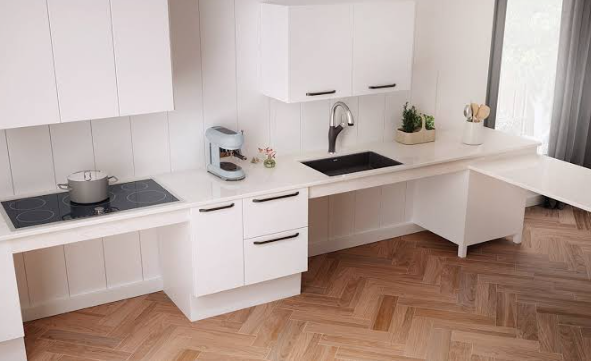
The primary reason for fire doors being installed in buildings is, of course, to save lives and property in the event of a fire. A fire door must perform by slowing the fire’s progress, so care must be taken both when purchasing and installing fire doors.
Fire doors can vary significantly in design, from functional door blanks to attractive solid and glazed designs. The most common type of fire door is a 30 minute, a fire door that will last a minimum of 30 minutes in a fire. 60 minutes fire doors are most commonly used in commercial settings.
For a set period, fire doors block the spread of fire. They are made of materials that can survive fire for 30 or 60 minutes, depending on the fire door rating. Every edge of a fire door or fire door frame is equipped with intumescent strips in a groove. When a fire starts, the intumescent strips stretch to cover the gap between the fire door and the frame. This closes the room and prevents fire spread for a set period. A fire door will only function if it is closed when the fire breaks out; therefore, make sure your fire door has an automated door closer and a sign identifying it as a fire door.
This may sound simple, but installing a fire door anyplace there is a chance of a fire breakout is recommended! Of course, some environments carry a higher fire risk than others – kitchens, lounges with fireplaces, and rooms with any electrical equipment or devices – doors allowing access to these rooms should be fire-resistant.
There are legal standards for all structures, including residential properties, and these laws specify that every two-story building with a door going into it from an integrated garage MUST have a fire door.
Fitting doors that give higher protection are recommended for extra safety — 60 minute fire doors, provide additional safety and more time for building exit in the case of a fire breakout.
Fire doors are often thicker than standard doors, with a solid core of varying material. Depending on the manufacturer, fire doors are built in various ways. But the most critical aspect is that it has been tested and certified to withstand fire for at least 30 minutes. Manufacturers must have their fire doors and frames evaluated as a set at an accredited fire door testing facility. They must next be evaluated for certification. When certification is granted, every fire door set built to the same design standards by that manufacturer will be labeled. The manufacturer, manufacturing date, and fire rating are all listed on the label. This label is typically seen on the upper edge of the door.
Fire doors can only be left open legally if they are held open by a fire door hold open.
It is risky to ‘prop,’ or ‘wedge’ open fire doors. Fire doors have self-closing components installed so that if a fire breaks out, they will close and act as intended. A jammed open fire door will not delay or stop the spread of fire. Using a fire door retainer or free-swing door closure ensures that the fire door will still close automatically in the case of a fire, assuring fire safety.
Fire doors are crucial in ensuring that fire does not spread from one part of a building to another. It is essential to understand the fire door regulations and requirements in your jurisdiction and avoid using fire doors in a non-compliant way.
Fire Door Inspections for fire-rated doors are an integral part of your home’s overall fire protection system. An operating fire door, just like a properly operating fire damper, is a crucial component to the compartmentalization of a building to stop the spread of deadly fire, smoke, and toxic fumes. If the fire door assembly isn’t working correctly, your facility is at risk. Download our NFPA 80 Fire door Inspection Checklist and more. by checking out our vast learning resources today!

When considering the safety and accessibility of all users in a restroom, sink clearance plays a crucial role. The amount of space around a sink

Building an ADA-compliant kitchen doesn’t have to involve a full renovation. With a few adjustments, you can ensure ADA clearance in your kitchen and make